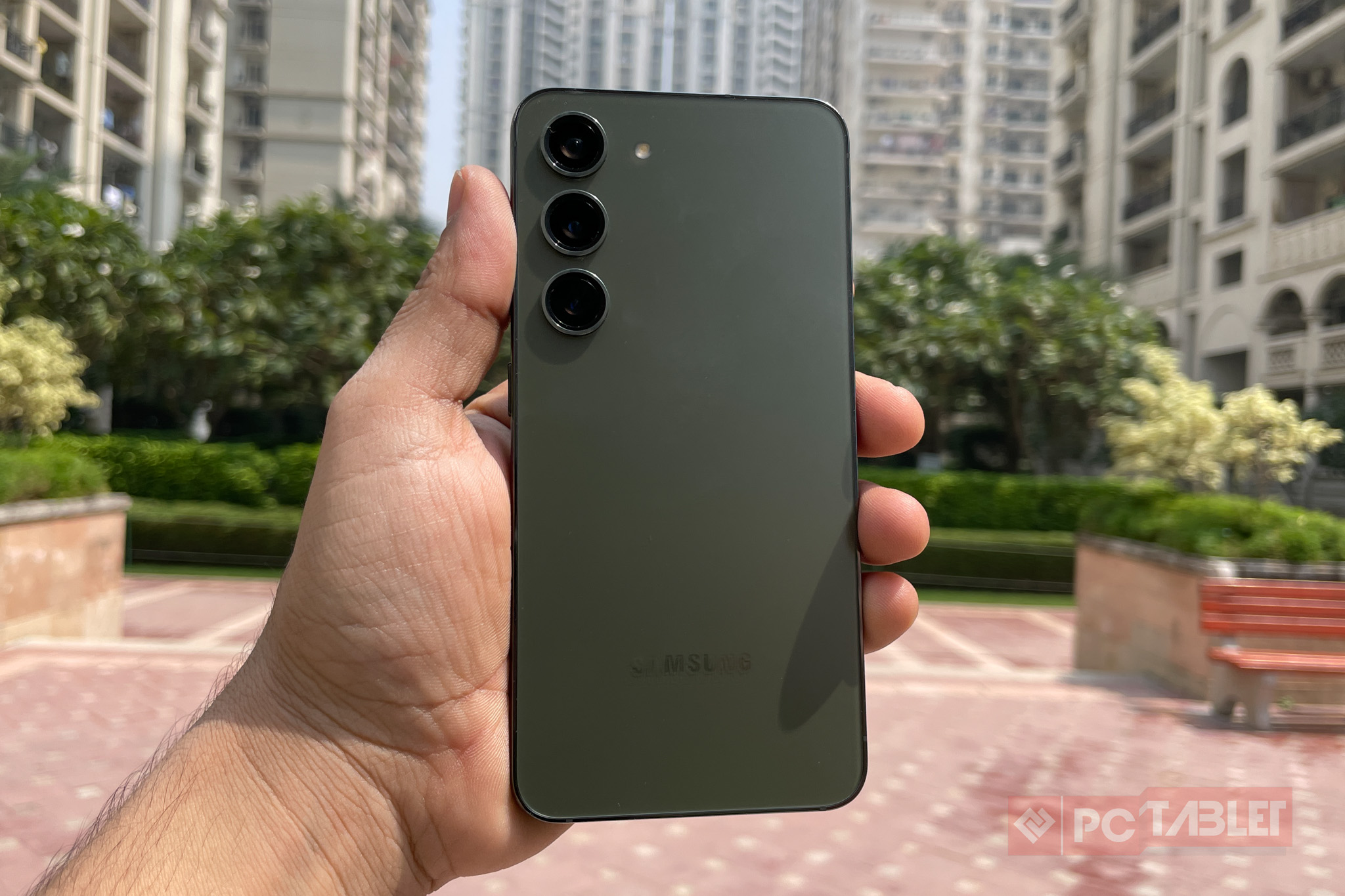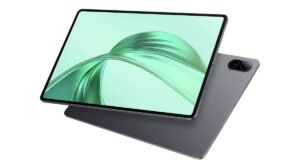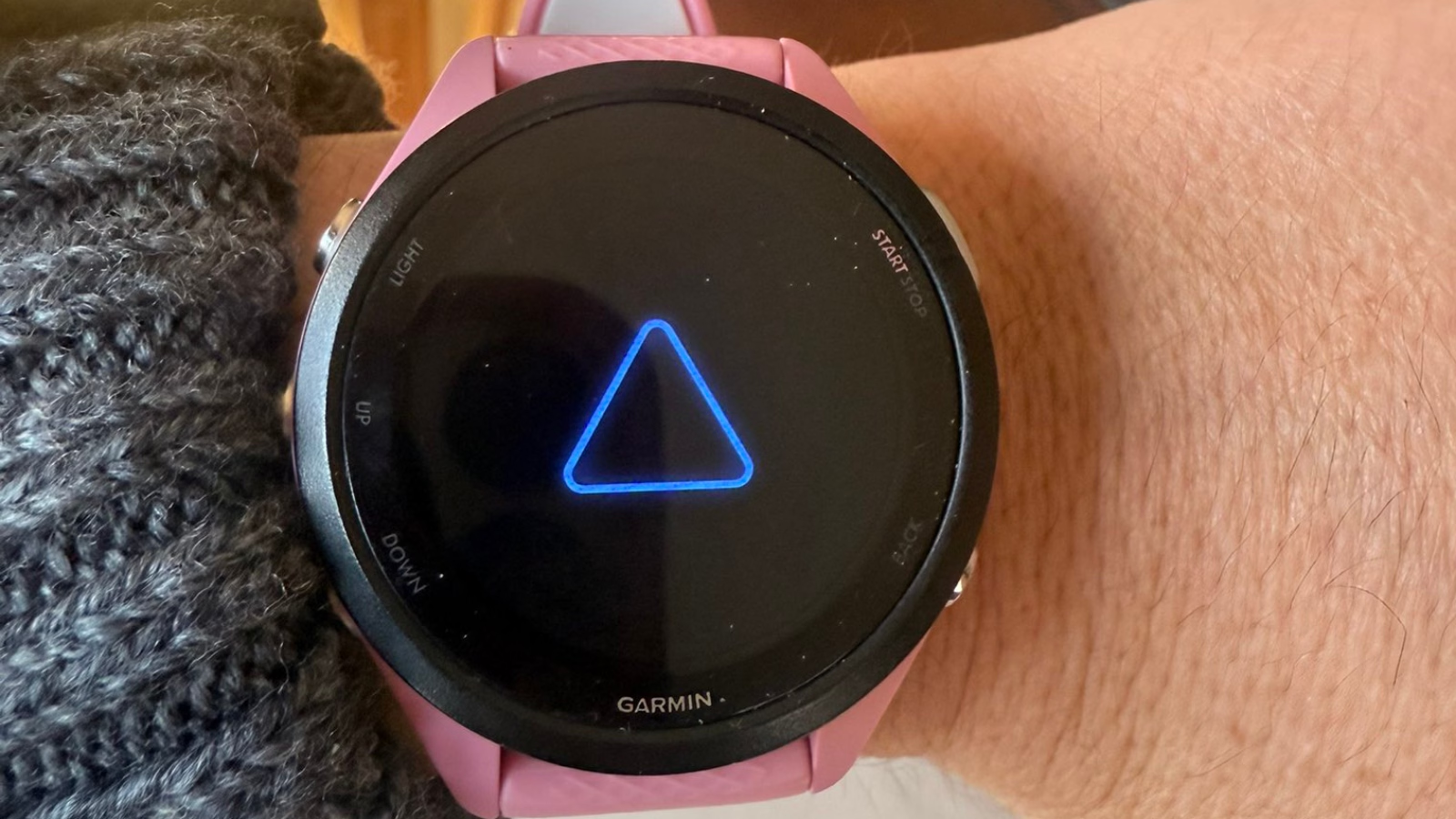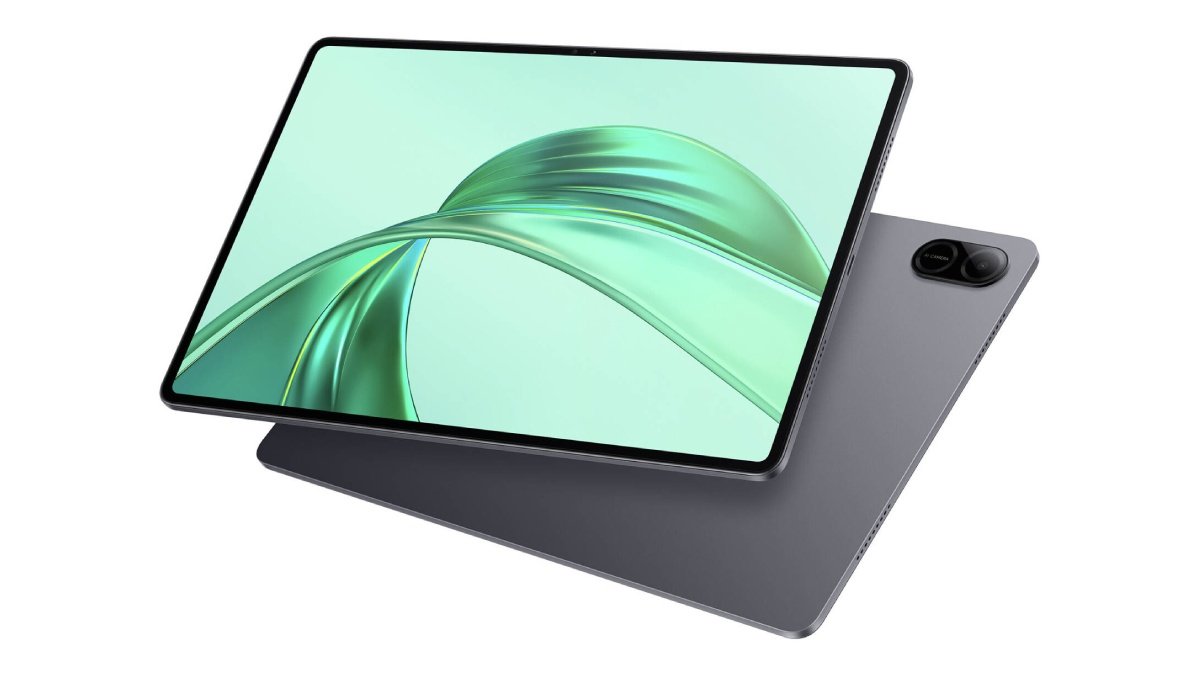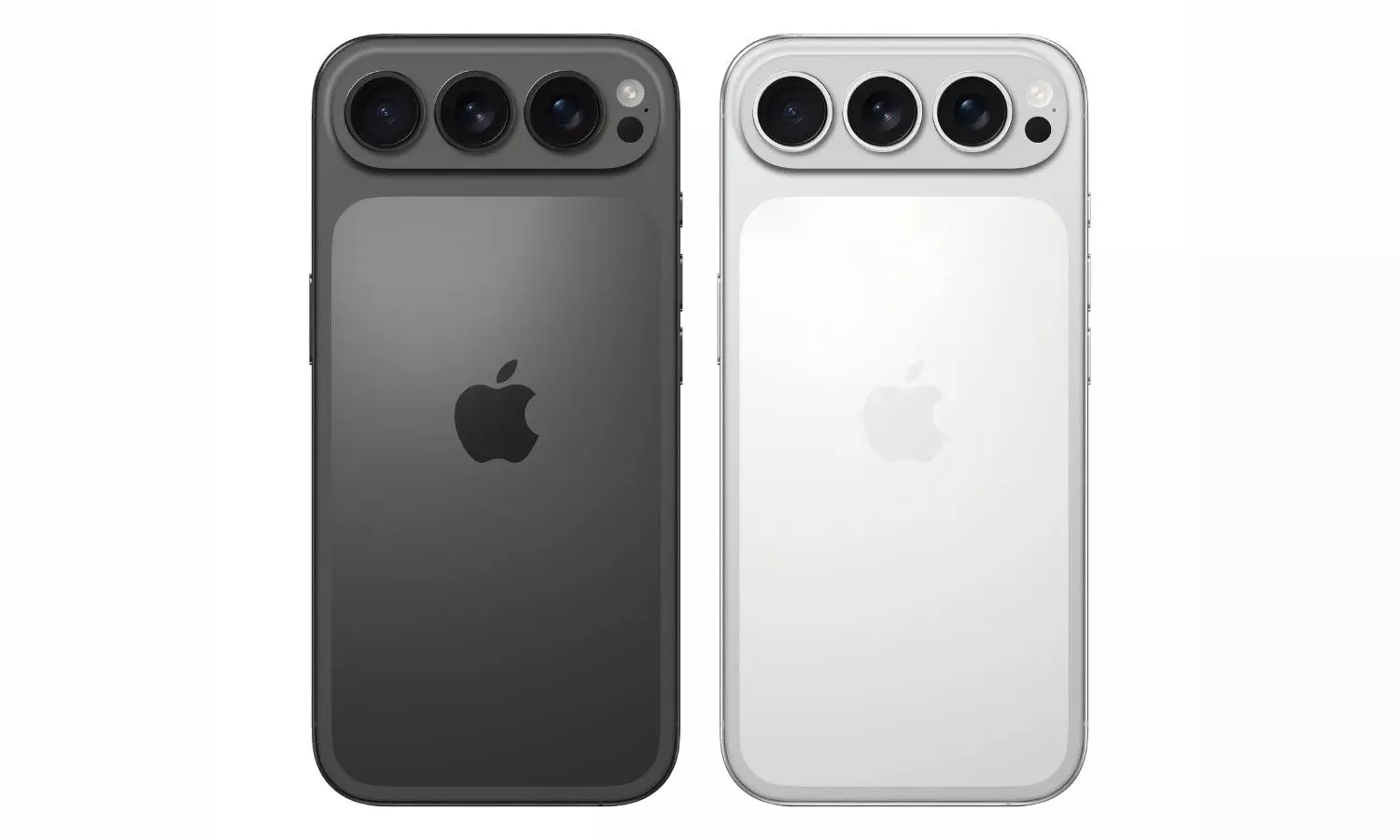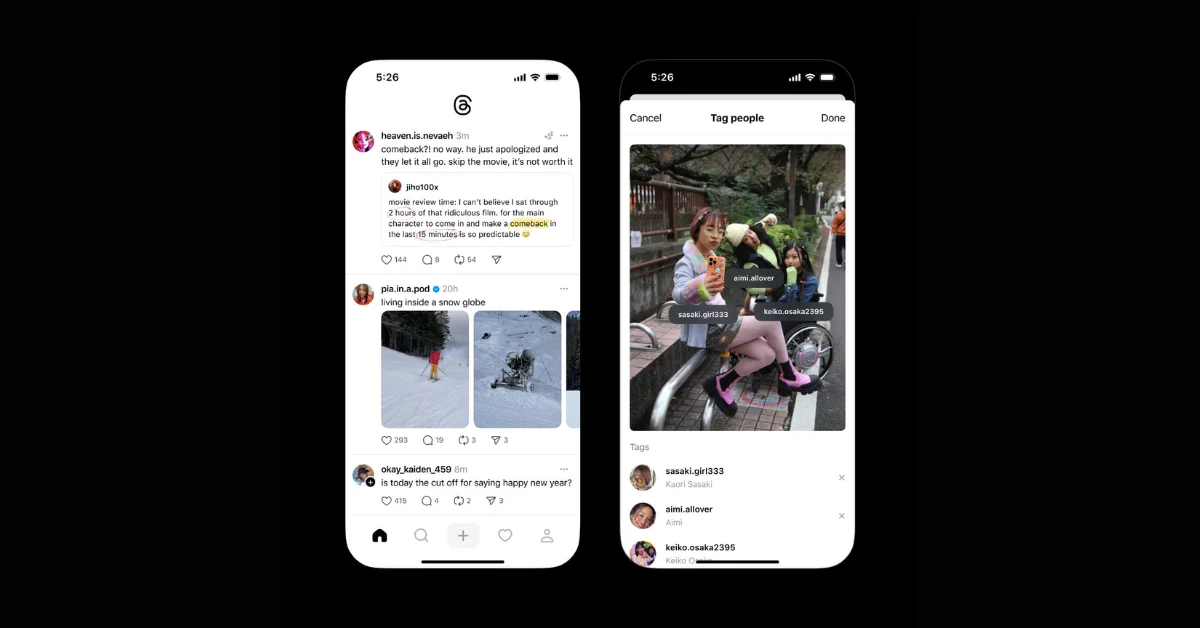The Galaxy S23 is a valuable member of Samsung’s S series and serves as a stepping stone for users to fully adopt the lineup in the future. The Galaxy S23 does a beautiful job of addressing the buildup on the product that results from longer smartphone upgrade cycles and a shorter feature list. The Samsung Galaxy S23 adds a ton of clever upgrades while improving the user experience for someone who needs a small flagship smartphone.
The Galaxy S23 checks all the boxes, it brings a new 6.1-inch AMOLED screen and the new Snapdragon 8 Gen 2 for Galaxy for improved battery life, and camera experience. We have been using the phone for a little over a month now and there is a lot to talk about it. So let’s get straight to the review.
Samsung Galaxy S23 Key Specifications
Design

It’s challenging to design a smartphone, and it’s amazing how much a little bit of subtraction from the design can change how a smartphone looks. Until you turn the Galaxy S23 over, it resembles its predecessor in appearance for the most part. Then you’ll notice that Samsung opted for a look that is cleaner and more appealing rather than the contoured cut design it used on the previous two Galaxy S releases. On the S23, the back of the phone’s rear camera lenses are stacked vertically and barely protrude from it. The rear cameras are no longer housed in a separate array, and the entire lineup maintains its symmetrical shape.

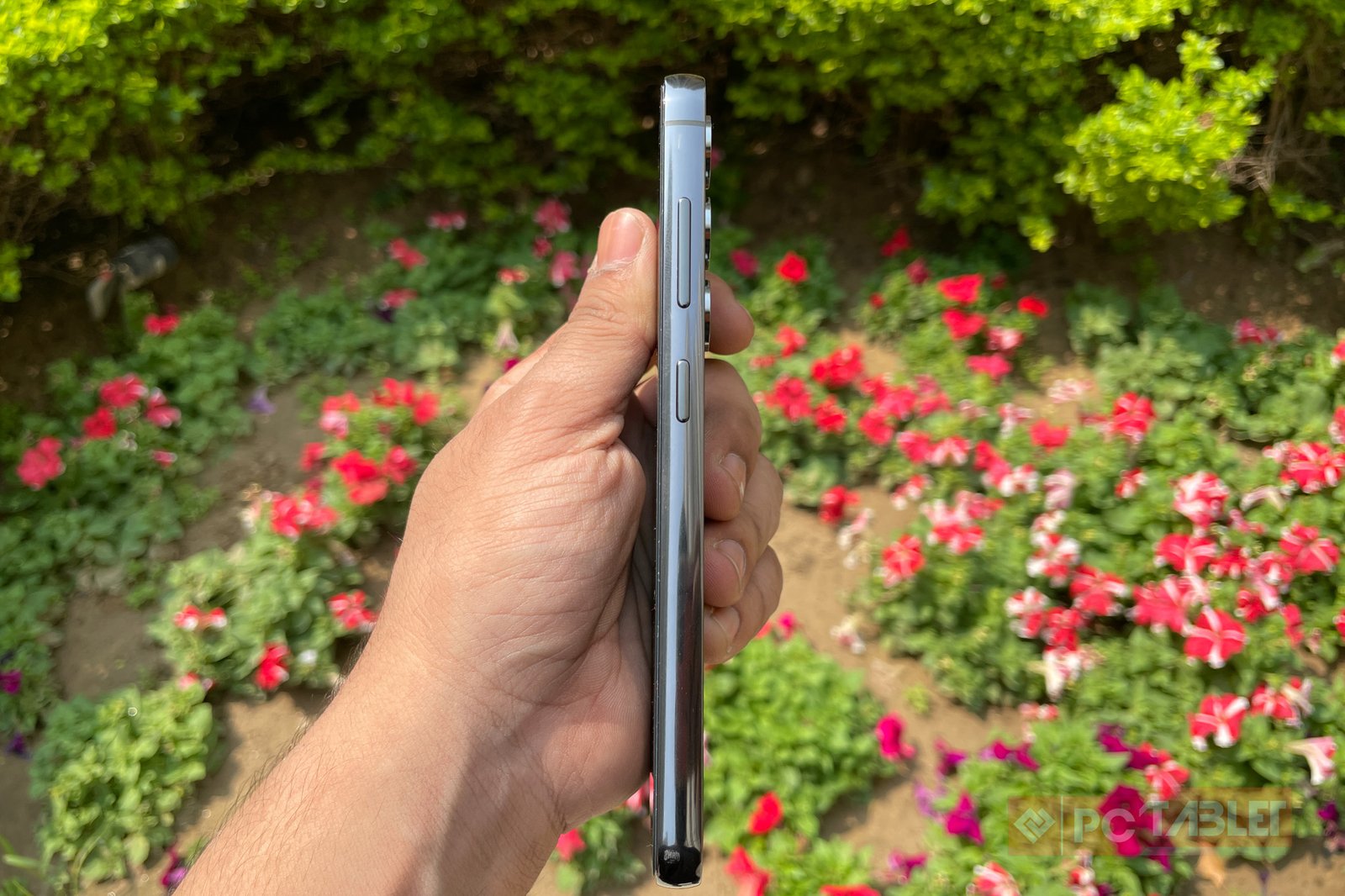

The volume and power buttons on the device are made of recycled materials, which is a major plus in our book. Samsung did not skimp on any aspects of the phone’s construction, and this is evident in both the design and build quality. With the Galaxy S23 line-up, there is the customary array of premium materials, such as the use of Corning’s Gorilla Glass Victus 2 glass for increased protection against scuffs, scratches, and cracks.
We received the olive shade of the phone for review and we quite like its stealthy appearance. The phone is available in a variety of colors including cream, phantom black, green, and lavender. Samsung cleverly hid the antenna lines in addition to using a glossy outer frame. In terms of buttons, the device’s right side is where you’ll find the power button and the volume rockers, leaving the left side empty. The loudspeaker grill and USB Type-C port are located on the bottom and the secondary microphone is located on top.
Display
 The Galaxy S23’s display resembles that of last year’s flagship phone exactly, but it has been significantly improved, which is the overall design theme of the device. The display is still 6.1 inches in size and has an FHD+ resolution with up to 120Hz refresh rate. The peak brightness has changed from the Galaxy S22’s maximum of 1,200 nits to one that now reaches 1,750 nits.
The Galaxy S23’s display resembles that of last year’s flagship phone exactly, but it has been significantly improved, which is the overall design theme of the device. The display is still 6.1 inches in size and has an FHD+ resolution with up to 120Hz refresh rate. The peak brightness has changed from the Galaxy S22’s maximum of 1,200 nits to one that now reaches 1,750 nits.
Unlike the LTPO of the S23 Ultra, which can go as low as 1Hz to conserve battery, the Dynamic AMOLED 2X Infinity-O panel used on the S23 has a dynamic refresh rate range of 48Hz to 120Hz. The Galaxy S23’s screen has a wide contrast ratio and supports HDR10, which results in good viewing angles and vibrant colors. Having said that, Samsung has also included a brand-new Advanced Vision Booster that will automatically adjust the screen for the best color accuracy and contrast in specific lighting situations.
The Galaxy S23 also gets an ultrasonic in-display fingerprint scanner for added security. During our almost month long use, we did not notice any issues with it. The scanner worked every time I placed my figure on it and it was also quick to register thanks to Samsung’s updated training algorithm.
Software & UI
 The Samsung One UI 5.1 operating system, which is based on Android 13, comes preinstalled on the Galaxy S23 out of the box. With a commitment to four years of software updates and five years of security patches, Samsung is still one of the top providers of support for Android smartphones.
The Samsung One UI 5.1 operating system, which is based on Android 13, comes preinstalled on the Galaxy S23 out of the box. With a commitment to four years of software updates and five years of security patches, Samsung is still one of the top providers of support for Android smartphones.
In comparison to OneUI 5.0, which we saw on the Galaxy S22, OneUI 5.1 is noticeably smoother. This updated version adds many useful features, such as a more customizable lock screen, intelligent suggestion widgets, an edge panel, and some capabilities for the camera app. On top of this, there is the DeX mode which brings full desktop-like functionality to your palm.
That said, not everything is rosy, and third-party apps are surprisingly still a problem on a smartphone that costs this much. The phone comes with Microsoft 365, OneDrive, LinkedIn, Outlook, Facebook, Spotify, Netflix, etc preinstalled, on top of Samsung’s own apps with some of them having a tendency to push spam notifications. Thankfully, most of these apps can be uninstalled but we would like Samsung to cut back on the bloatware considering the premium price tag of the S lineup.
Performance
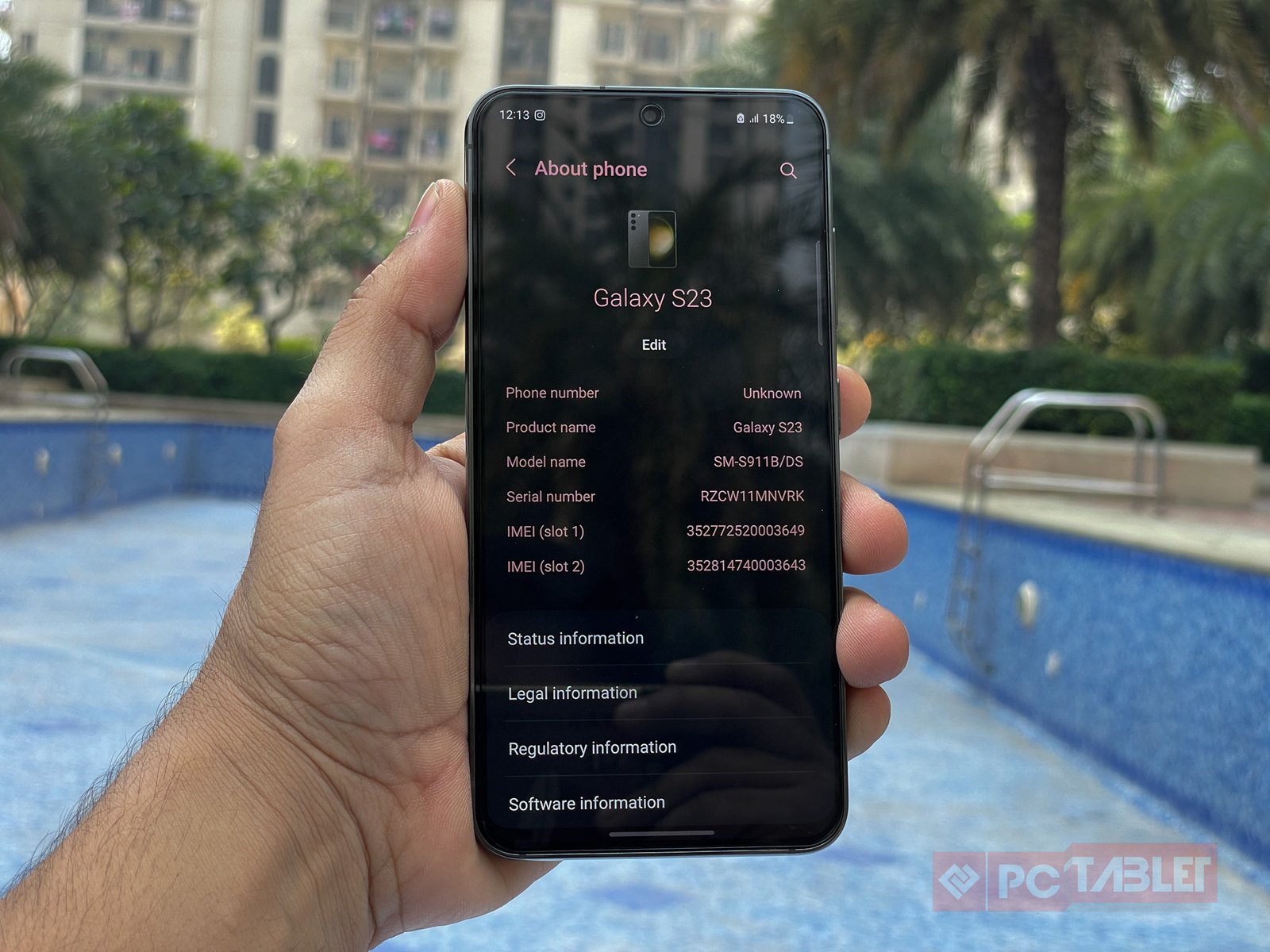
The Samsung Galaxy S23 is among the first phones to be powered by Qualcomm’s new Snapdragon 8 Gen 2 chipset. But that’s not all; Samsung also uses a specialized variant of the chip known as “Snapdragon 8 Gen for Galaxy,” which is slightly overclocked for better CPU and GPU performance.
Due in part to the core configuration and the 4nm fabrication process, the Snapdragon 8 Gen 2 is quick and consistently performs well in all important areas. Standard features of the S23 include 8GB of LPDDR5X RAM and 128GB or 256GB of UFS3.1 or UFS4.0 storage. Although the slower storage on the base 128GB model is a minor drawback, it does not significantly affect real-world use. A person looking to keep the S23 for longer than two years should ideally choose the fully loaded model with the faster 256GB storage because 128GB storage these days burns through quite quickly.
The Snapdragon 8 Gen 2 handled the daily tasks we threw at it with ease in our tests. The benchmark results, whether they come from Geekbench 6 or Antutu V9, are very encouraging, approaching iPhone levels and far in advance of the competition in the Android market. Due to the nature of the chip and Samsung’s substantial heat sink, the phone generally operates cool. While playing games, we did notice that the phone started to get a little warm, but it’s not a major issue.
Camera
 The Galaxy S23’s camera setup is identical to that of the Galaxy S22 from the prior year. The back of the phone features a triple camera setup with a 50MP main sensor with optical image stabilization (OIS), a 12MP ultra-wide sensor, and a 10MP 3x optical telephoto camera. Sharp, detailed, and colorful images were captured using the camera’s primary 50MP sensor. Due to the similar camera setups, the pictures are remarkably similar to what you would get from the Galaxy S22. However, those with keen eyes may notice slightly better colors in the images captured by the S23, which is partly because of the Snapdragon 8 Gen 2’s newer ISP and Samsung’s image processing algorithms.
The Galaxy S23’s camera setup is identical to that of the Galaxy S22 from the prior year. The back of the phone features a triple camera setup with a 50MP main sensor with optical image stabilization (OIS), a 12MP ultra-wide sensor, and a 10MP 3x optical telephoto camera. Sharp, detailed, and colorful images were captured using the camera’s primary 50MP sensor. Due to the similar camera setups, the pictures are remarkably similar to what you would get from the Galaxy S22. However, those with keen eyes may notice slightly better colors in the images captured by the S23, which is partly because of the Snapdragon 8 Gen 2’s newer ISP and Samsung’s image processing algorithms.
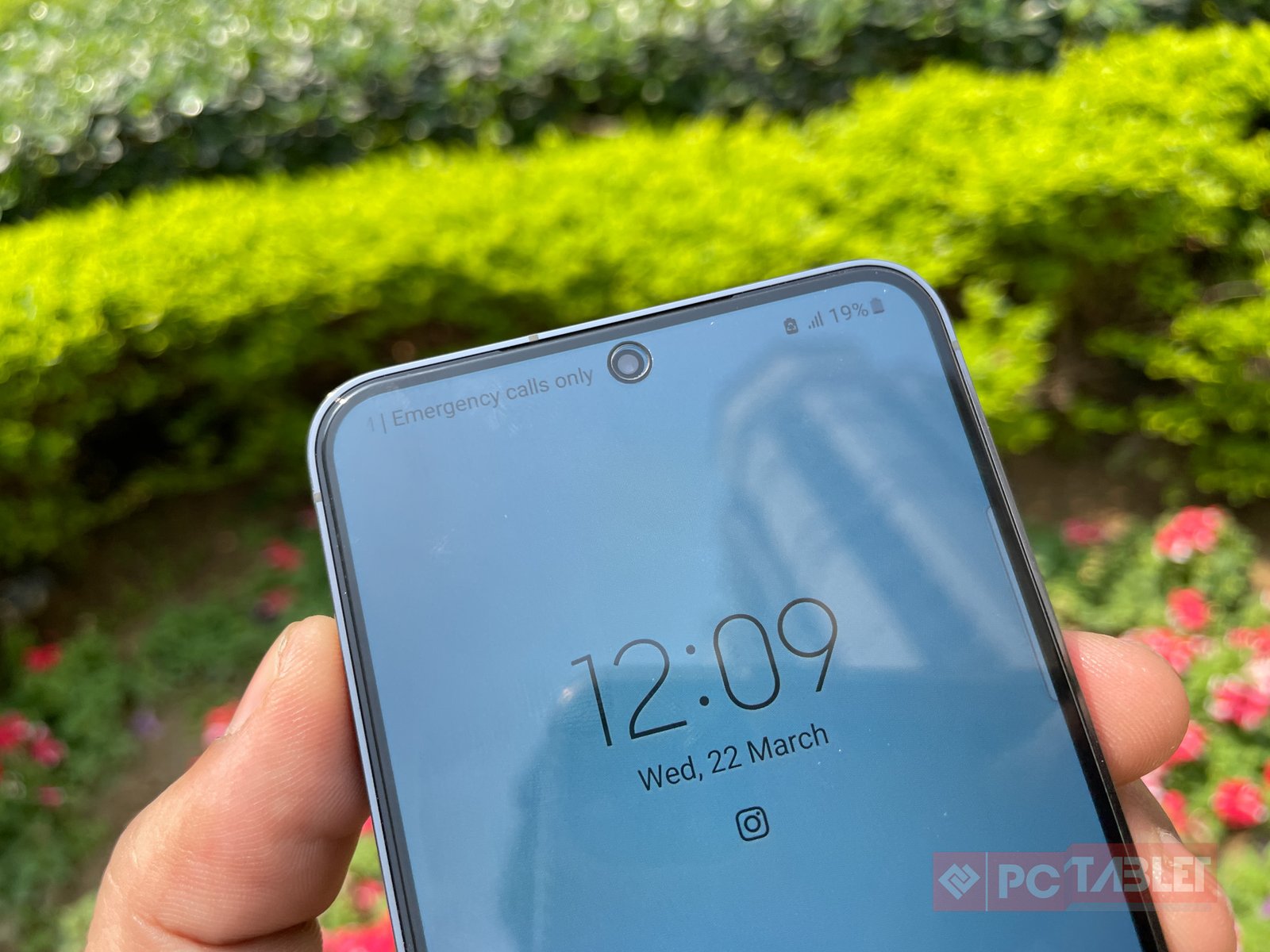
Most of the time, the main 50MP sensor is helpful, such as when using the enhanced portrait mode, which produces top-notch pictures. The night mode also makes it simple to see details in dimly lit areas. The images captured by the 12MP ultrawide and 10MP telephoto cameras are balanced, have an appropriate dynamic range, are both vibrant and sharp, and have a good amount of color saturation. Although there are some minor issues with the ultra-wide sensor in low-light situations, they can be ignored. The camera app makes extensive use of AI, which is obvious in all of the shooting modes.
The Galaxy S23 does come with a new front camera, even though the Galaxy S22’s rear cameras may not have changed. In place of the 10MP camera on the S22, there is now a 12MP camera up front. The camera does provide some improvement in the form of additional pixels, and the images it produces are essentially identical to those produced by the 50MP main sensor.


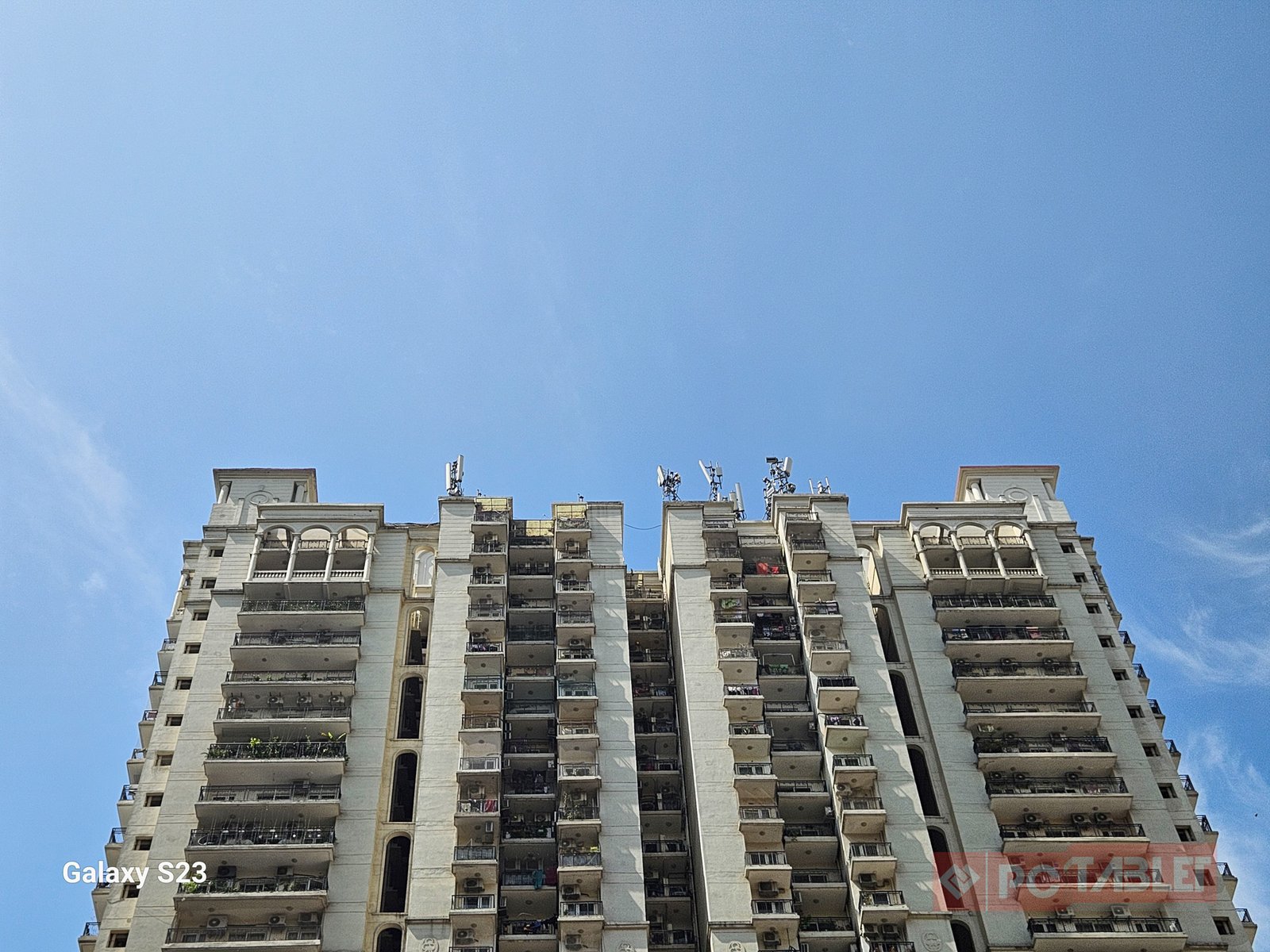



Moving to the video part, the Galaxy S23 can record up to 8K footage at 30 FPS and 4K videos at up to 60 FPS. The video quality on the phone is solid, and the S23 can easily take the best videos among the Android flagships, even surpassing the Pixel 7.
Battery
 Samsung managed to squeeze a slightly bigger battery in the Galaxy S23, going from 3,700mAh in the S22 to 3,900mAh battery in the S23. The S22 had a bad rep with sub-par battery life, which is the opposite of the S23. Thanks to a slightly bigger battery compared to its predecessor and the new Snapdragon 8 Gen 2 chip, the phone consistently lasted a full day in our long-term use.
Samsung managed to squeeze a slightly bigger battery in the Galaxy S23, going from 3,700mAh in the S22 to 3,900mAh battery in the S23. The S22 had a bad rep with sub-par battery life, which is the opposite of the S23. Thanks to a slightly bigger battery compared to its predecessor and the new Snapdragon 8 Gen 2 chip, the phone consistently lasted a full day in our long-term use.
It’s a big disappointment that the charging speed hasn’t changed. Even though the S23 uses a battery that is smaller than those of the S23+ and S23 Ultra, its charging speeds are still limited to 25W. In comparison to the competition, the charging is excruciatingly slow; the handset needs upwards of 90 minutes to fully recharge its battery using the standard 25W charger.

